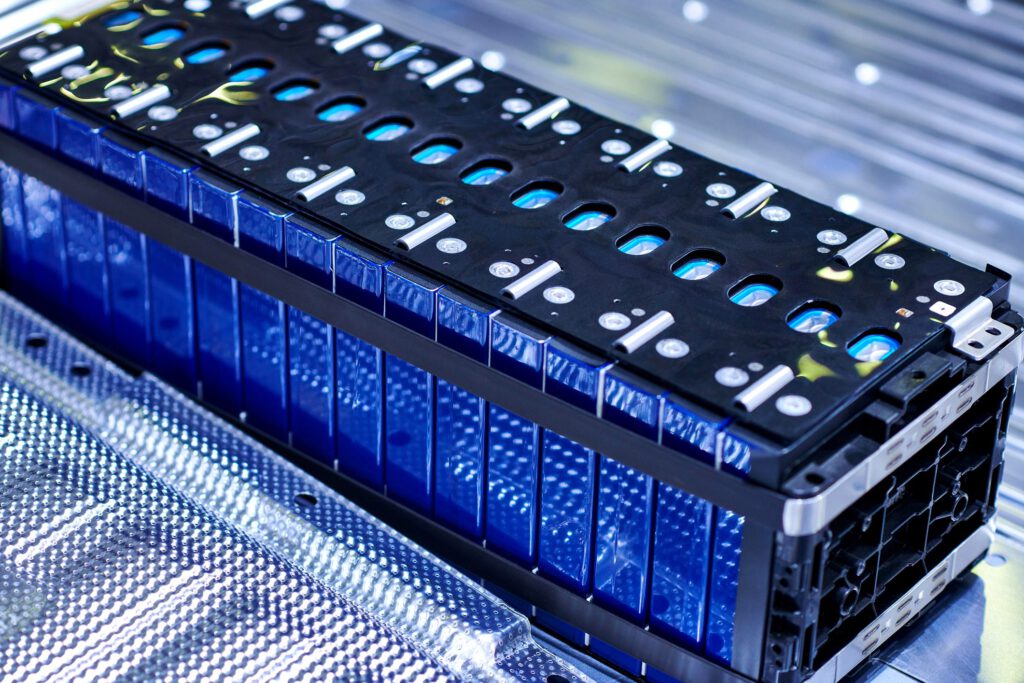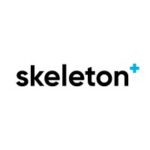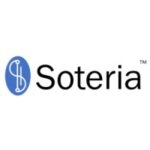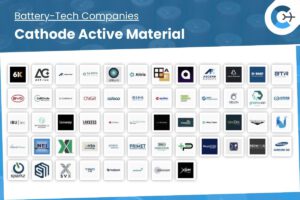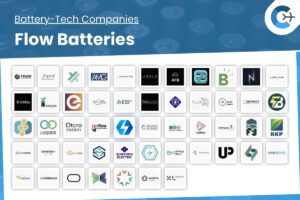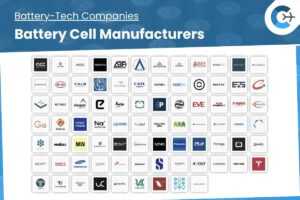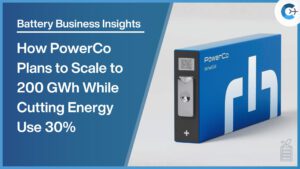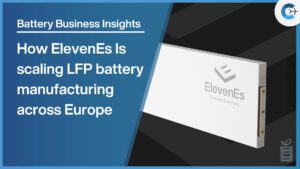As LME Week 2025 gets under way, lithium market participants are assessing the impact of recently announced Chinese export controls on battery materials alongside evolving outlooks for domestic supply. Despite production curtailments and project delays across Asia, Australasia and Latin America, abundant spodumene output from Australia and expanded lepidolite and brine production in China have kept inventories high and prices under pressure. Fastmarkets data shows the spot range for battery-grade lithium carbonate (99.5% Li2CO3 min, ex-works domestic China) fell to 72,500–73,000 yuan per tonne on October 10, down sharply from 590,000–605,000 yuan per tonne in November 2022.
China’s Ministry of Commerce and General Administration of Customs announced on October 9 that export controls on a suite of lithium-related products will take effect November 8. Exporters must secure licenses for high-performance lithium-ion batteries, cathode materials, related manufacturing equipment and production technology. Affected items include lithium iron phosphate cathodes with capacity ≥156 mAh/g, nickel-cobalt-manganese and nickel-cobalt-aluminium hydroxide ternary precursors, roller kilns, mixers and heat presses. Controlled goods must be labeled as “dual-use items,” while non-controlled goods require a “not a controlled item” declaration with technical justification. Customs authorities may detain shipments if declarations are deemed incomplete.
Walter Zhang, Fastmarkets’ senior analyst covering electrical energy storage systems, said the measures target next-generation high-energy-density cells, such as semi-solid-state and all-solid-state batteries, rather than current mainstream LFP or NCM chemistries. He noted the policy is intended to tighten technology transfer controls without banning exports of established battery types used in electric vehicles and grid storage.
“Export control does not mean an outright export ban, but rather a stricter approval process,” he said. “We believe that the primary intent is to counter measures such as the US OBBB [One Big Beautiful Bill] Act, while preventing potential technology transfer demands from European or American governments and avoiding the military or dual-use applications of advanced battery technologies.
“At the same time, the policy ensures that the export and sales of mainstream NCM (230-280 Wh per kg) and LFP (160-210 Wh per kg) batteries for EV and ESS applications remain unaffected,” Zhang added.
Market speculation has also centered on the potential restart of CATL’s Jianxiawo lepidolite project in Jiangxi province, where local reports suggest a faster-than-expected mining permit process but no official confirmation. That uncertainty has driven volatility in lithium carbonate futures and applied fresh pressure on CIF China spodumene, which Fastmarkets assessed at $810–840 per tonne on October 10. Meanwhile, Zangge Mining received a new permit for its Qarhan salt lake operations covering lithium ore, potassium, magnesium and boron salts, though production has not yet resumed and local futures eased by 1.3%.
Participants at LME Week are expected to debate whether these regulatory shifts or underlying supply-demand fundamentals will shape market sentiment in the months ahead.
Source: Fastmarkets

